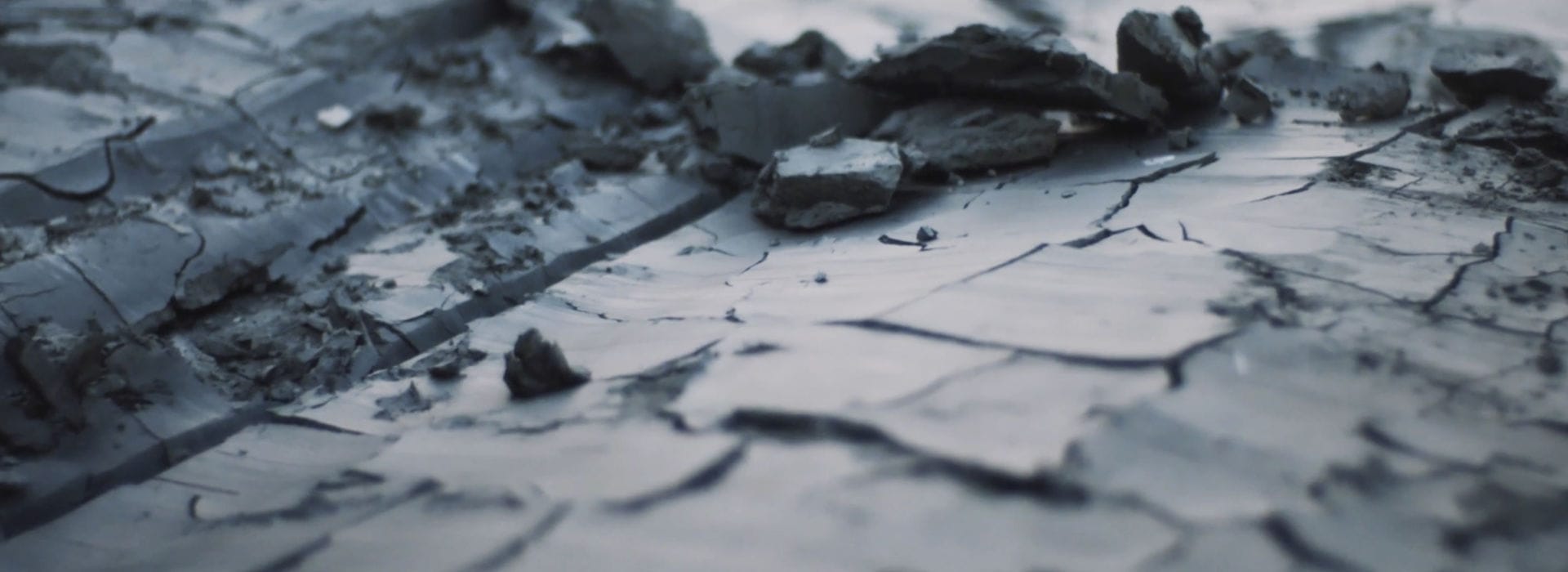Natural materials
By using natural building materials such as clay, you guarantee a healthy future for generations to come. There is no actual estimation of how long bricks and tiles last, since various buildings built with the materials still stand today. Bricks and tiles contain burnt clay and sand – with no sinister additives. The clay we use comes primarily from clay pits near our factories. Once we have extracted the clay to our brick- and tileworks, we restore the land, so the soil can be used for agriculture once again. The landscape, the soil and the groundwater are not adversely affected.
Any obsolete building materials in the bricks and tiles we produce can be recycled. Anything that cannot be recycled is biodegradable. The material is free of chemicals that can cause environmental problems and can be recycled as a ballast in road building or similar construction projects. Any residual mortar can be removed from the bricks and tiles and be recycled in new buildings. Additionally, bricks and tiles also impact positively on the environment and continue to enrich and give pleasure to future generations.
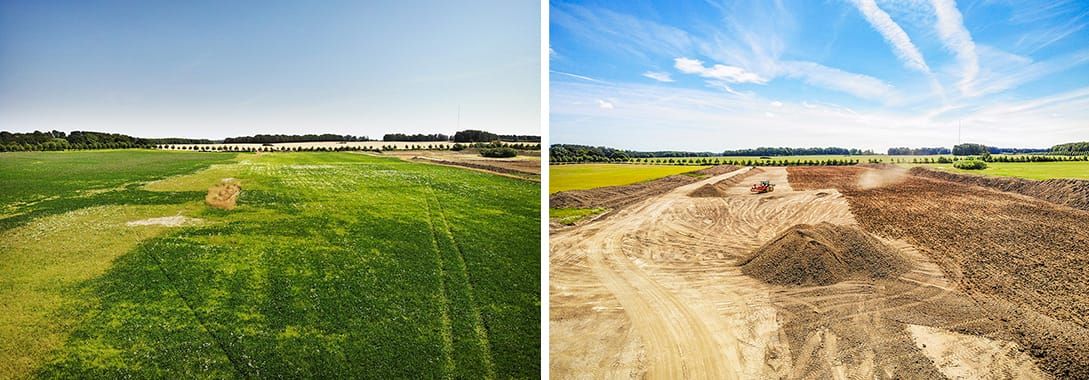
DGNB
Climate certification will soon be the requirement for all new construction. This means that the choice of materials will become more important than ever if your building is to become an economic and environmental success.
When it comes to rating sustainable construction in Denmark, DGNB is the most widespread method of certification. It is based on similar principles as many other international standards and the DGNB system consists of a points scheme in which points can be accumulated throughout a construction project. The number of points that can be obtained from using bricks and tiles will vary from project to project. There are many factors that affect the envelope of a building, and these must be considered.
Below you can read more about the various criteria that appear in the scheme and how products from Randers Tegl can form an important part of a sustainable construction. Using our GREENER products is one way of achieving this ambition. We are happy to advise on how best to use our products, and we will be pleased to help you by providing information and advice throughout your project.
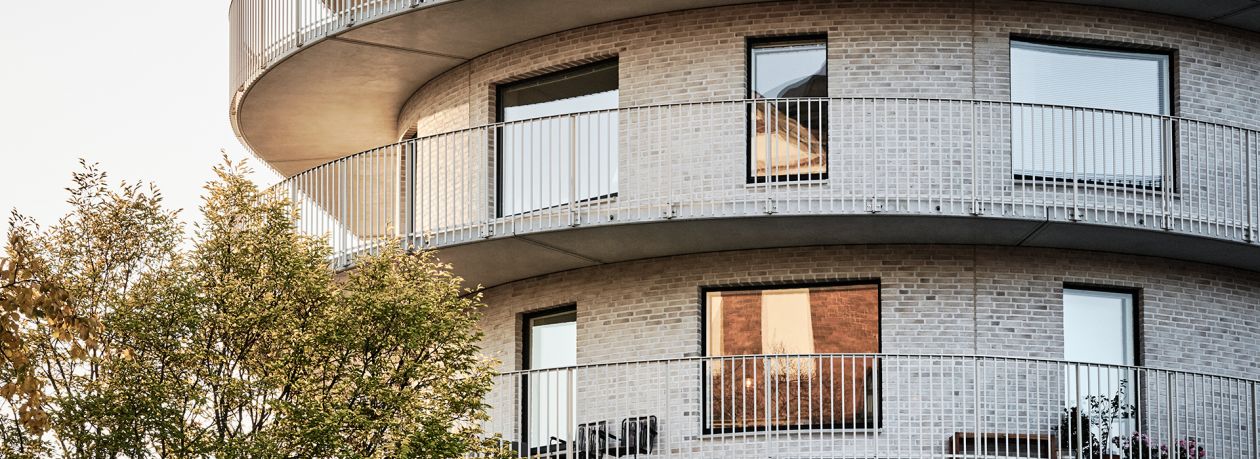
Process
Bricks and tiles are very durable materials. They require very limited maintenance when used correctly and are considered harmless building materials, since they ensure that buildings are healthy, suitably solid and weatherproof. They do not contain organic material that can result in the formation of mould and fungus. Any biproduct that is properly sorted and managed can be reused in the production of bricks and tiles. Used pallets are returned for reuse.
PRO 1.5 Advice on maintaining and using the building
PRO 2.1 Building site/Building product process
PRO 2.2 Validating the quality of the process
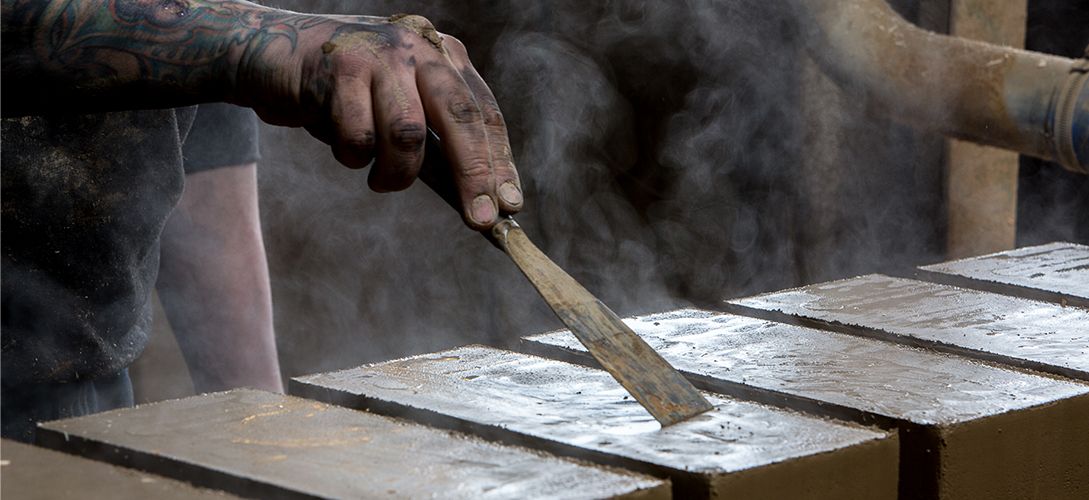
Environment
Since 2018, Randers Tegl has had an Environmental Product Declaration (known as EPD) on many selected products. These can be profitably included in LCA studies, which means that you can avoid having a 30% increase in generic values. All our products will soon be EPD-certified.
Note that bricks do not emit or consist of environmentally harmful substances and can be used both indoors and outdoors without environmental risks. Bricks and tiles also offer the highest score when it comes to the environmentally sensitive extraction of the actual building materials.
When roof tiles are used, rainwater can be collected for various purposes, and using brick paving facilitates drainage. Brick and tile surfaces are suitable for vegetation and for providing habitat for various species of animals, especially when this is factored into the design. Lastly, the clay pits are restored to arable land once the clay has been extracted.
ENV 1.1 Life cycle assessment – Environmental impact
ENV 1.2 Environmental risks related to building materials
ENV 1.3 Environmentally friendly extraction of materials
ENV 2.2 Drinking water consumption and wastewater emissions
ENV 2.4 Biodiversity relating to a plot of land
Total overall costs (LCC)
Using bricks and tiles reduces the operational costs. These materials generally ensure that the total overall costs of a building project are reasonable. Determining the necessary data for calculating costs early on in any building project is relatively easy.
Making minor changes to walls made of brick (both in load-bearing and non-load-bearing masonry) is easy too. Careful planning in the design phase ensures that recesses, doors and window cavities can be prepared for later use. Bricks and tiles have a long functional life. Roof tiles last for more than 70 years and bricks and brick-paving last for more than 150 years.
Bricks and tiles help protect buildings from the effects of the sun, thereby achieving exceptional savings in running costs. When used on the inner skin of buildings, bricks have excellent properties in terms of thermal insulation.
ECO 1.1 Total overall costs
ECO 2.1 Flexibility and adaptability
ECO 2.2 Robustness
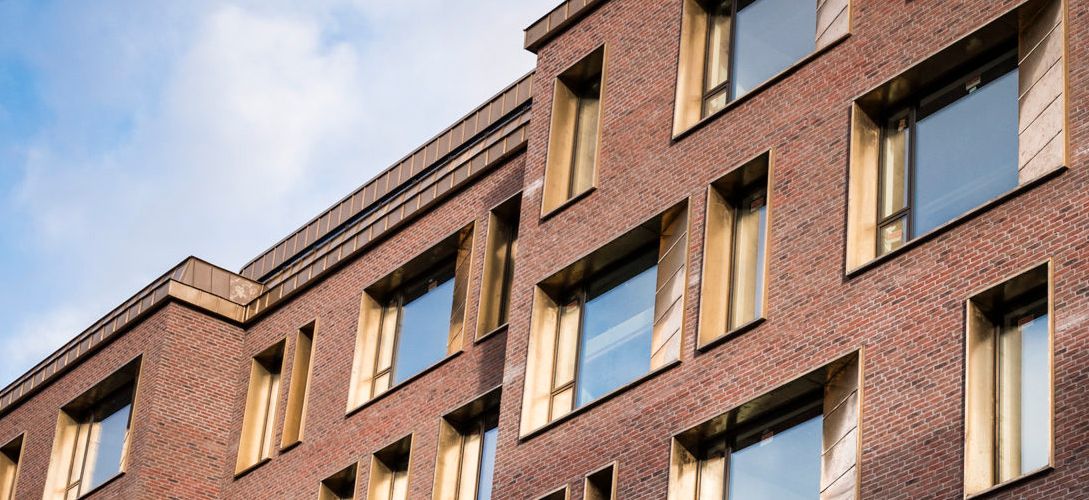
The social aspect
Interior brick walls absorb excess heat and prevent big differences in temperature. Brick walls do not emit odours or dangerous substances. They look nice and provide outstanding acoustics. Bricks and tiles also protect buildings from the effects of the sun and make the building easier on the eyes, since bricks reflect less than other materials. This makes them perfect for functional designs.
The different structural and colour properties in bricks can be used in design solutions where such combinations are used to help a range of disabilities. Over time, bricks and tiles have allowed artists to express a range of artistic styles. Bricks can also be used for structures and features inside buildings such as stairs and window seats.
SOC 1.1 Thermal comfort
SOC 1.2 Indoor air quality
SOC 1.3 Acoustics and noise comfort
SOC 1.4 Visual comfort
SOC 1.6 Quality of outdoor areas
SOC 2.1 Universal design
SOC 3.2 Architectural art
SOC 3.3 Planning
Technology
Bricks and tiles do not contain PVC and therefore do not emit toxic waste gas in the event of a fire. Buildings built with bricks and tiles, as well as other materials, can achieve high u-values. Thermal bridges can be avoided with careful planning in the design phase. A brick-built building with filled mortar joints is solid and weatherproof. Using brick for outer walls and partitions helps a building to retain heat.
Bricks, tiles and brick paving are all materials that can easily be recycled. Almost 100% of these materials can be recycled if they are carefully dismantled. We recommend using binders and mortars that can be easily removed.
As stated previously, there are currently environmental product declarations for selected types of bricks and tiles, but soon all products from Randers Tegl will be EDP-certified. These products will be continuously updated while we continue to make improvements to our production process and transition to green energy sources.
TEC 1.1 Fire protection and safety
TEC 1.3 Quality of the climate screen
TEC 1.4 Adaptability of technical systems
TEC 1.6 Dismantling and recycling
TEC 1.8 Environmental product declarations (EPD)
